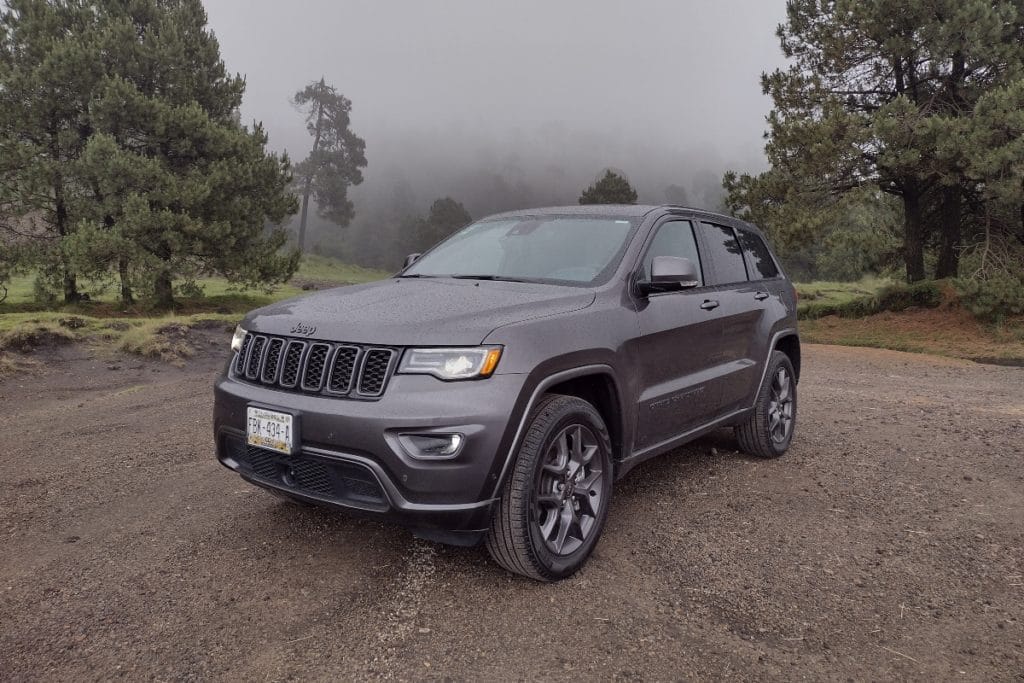Automakers and battery makers are seeking to develop new electric car batteries that can strengthen body structures and open the door to breakthroughs in the range.
According to engineers, the structural batteries are lighter and have more energy efficiency – then offer independence between charges almost twice that offered by the Tesla Model Y (525 km).
At the end of June, Volvo revealed a new battery structural design it is developing with Swedish battery maker Northvolt, which Volvo says is expected to travel nearly 1,000 kilometers between charges.
Structural battery technology is still in its infancy and manufacturers have not taken a standard approach.
The cell-to-pack, or CTP, concept saves weight by eliminating the step of assembling individual battery cells into modules before final assembly into a large battery pack.
Our Next Energy (ONE) startup, which has so far been operating in stealth mode, is working on a dual battery that combines a cell-to-pack structural design with a high-energy second pack that can be recharged by doubling the battery. Vehicle autonomy.
« We want to completely reinvent the battery Saeed Mujib Ijaz, founder and CEO of Novi. He added that the dual frame design is safer and more durable because it does not use nickel or cobalt, which are key components in many current electric vehicle batteries.
The latest structural batteries are being developed by car manufacturers, whether it’s Tesla or General Motors, and battery manufacturers such as China’s BYD and CATL.
Various design options
There are many ways to design a structural battery. The research effort to design batteries capable of strengthening the car’s body and chassis goes hand in hand with efforts to improve battery chemistry and reduce the cost of what goes inside.
GM’s approach with its new Ultium battery starts with the building blocks — thin, bag-like battery cells that are assembled into modules and then assembled into large packages. In the Hummer electric car due to be launched this year, Ultium battery packs are installed in the car’s frame and help strengthen it. That, in turn, improves ride and handling and reduces vibration and roughness, according to Josh Tavel, GM’s chief executive engineer for battery-powered electric trucks.
In China, BYD and CATL have developed advanced batteries that eliminate the intermediate step of the modules, allowing the cells to be assembled directly into large packages.
The cathodes of the two companies’ battery cells use lithium iron phosphate (LFP), a chemical whose primary material is more abundant, cheaper, less prone to fire and less harmful to the environment than materials such as cobalt and nickel, which are more commonly used in electric car battery cathodes.
Technology not yet agreed upon
However, LFP cells do not store as much energy as nickel-cobalt manganese (NCM) or nickel-cobalt-aluminum (NCA) cells and thus provide significantly lower operating time between charges. This means that the car will need a larger and heavier lithium-iron battery pack to match the output of the batteries that use cobalt and nickel.
A new type of structural battery unveiled last September by Tesla CEO Elon Musk — which was originally intended to power the Model Y — attaches hundreds of oversized cylindrical cells with structural adhesive, which are then sandwiched between two sheets of metal designed to hold and assist on reinforcement. Car body and frame.
In comparison, ONE uses a set of metal-coated LFP battery cells called prisms, glued together in a bundle. The beam is then attached to the car frame where it helps to strengthen the car body.
Structural batteries make sense, but only if the cells are first assembled into modules, said Tony Aquila, CEO of electric car startup Canoo. “It has to be modular so it can be fixed‘, he did not say.
Daniel Barel, CEO of Israeli electric vehicle startup Ree, believes cells should be assembled into modules to achieve maximum flexibility. ” Unless you’re building the modules directly into the chassis, it wouldn’t make sense”, Did he say?

“Unapologetic pop culture trailblazer. Freelance troublemaker. Food guru. Alcohol fanatic. Gamer. Explorer. Thinker.”



